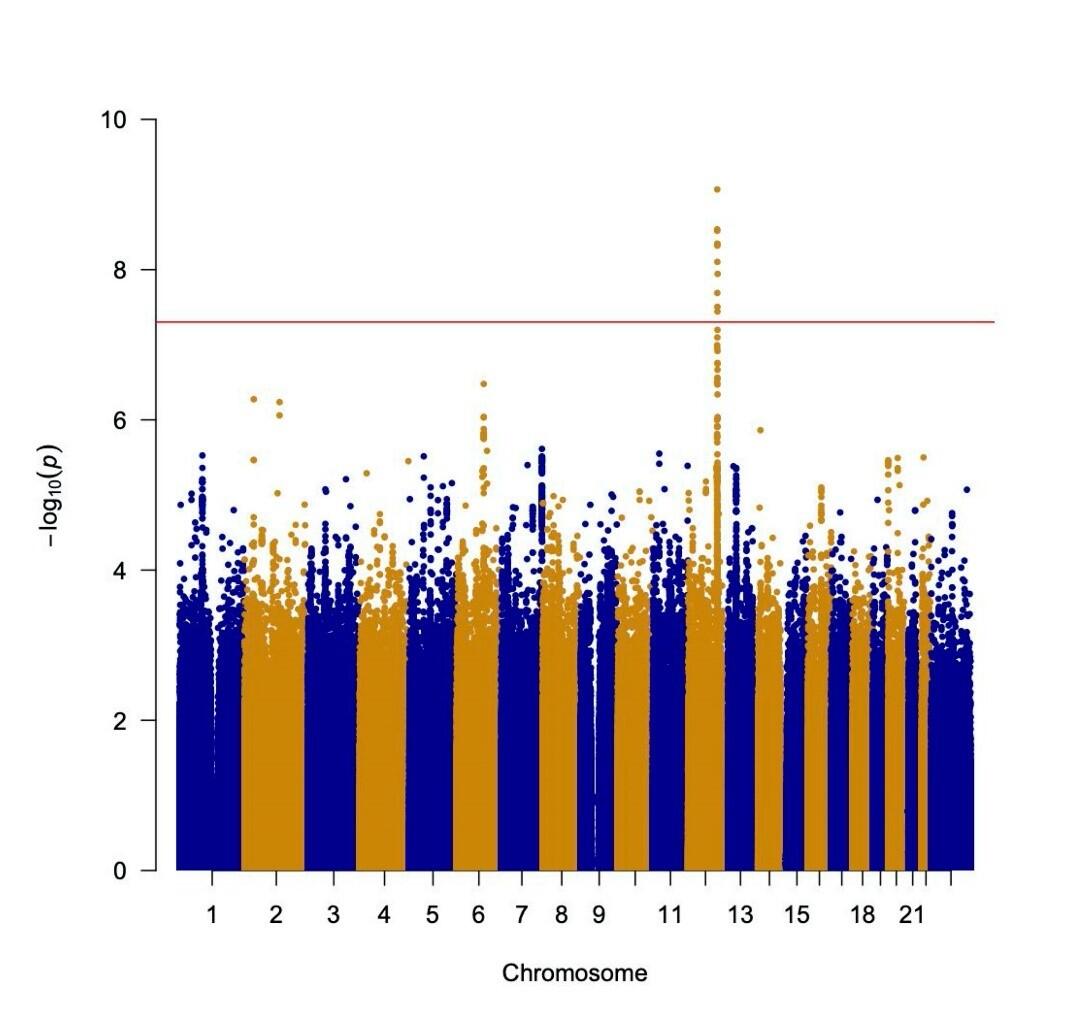In collaboration with the Institute of Physical and Chemical Research (RIKEN) and the University of Tokyo, Professor Kazuhiro Yamakawa, Lecturer Toshimitsu Suzuki, and colleagues of the Institute of Brain Science at the Graduate School of Medical Science at Nagoya City University discovered a novel causative gene region located on the long arm of chromosome 12 that is involved in the onset of epilepsy in the Japanese population. It was identified via whole-genome DNA analysis of 1825 patients with epilepsy. Their findings, published in the April 29 issue of the American scientific journal Epilepsia are expected to lead to the understanding of the epilepsy onset mechanism and the development of its treatment methods.
Epilepsy, characterized by recurrent epileptic seizures due to abnormal excitation of cranial nerve cells, occurs at a high frequency-affecting about 1% of the total population. Multiple causative genes for the onset of epilepsy have been identified. A study involving identical twins showed that idiopathic epilepsy has a higher concordance rate (> 80%) than schizophrenia and bipolar disorder, and a large number of genetic factors are known to contribute to the onset of epilepsy. While these studies were conducted mainly in Europe and the United States, such large-scale analyses have not been performed in Japan.
In response to this, the research group conducted a genome-wide association study (GWAS) on Japanese patients with epilepsy to understand their genetic risks associated with the onset of epilepsy.
Specifically, they performed whole-genome imputation in 10,000 Japanese including 1825 patients with various types of epilepsy (442 patients with idiopathic generalized epilepsy, 666 patients with symptomatic epilepsy, and 717 patients with unclassified epilepsy) using the data collected at the Biobank Japan. They analyzed the data for the association between epilepsy and about 10 million single nucleotide polymorphisms (SNPs) covering the entire human genome. Whole-genome imputation is a method of statistically comparing genome information to a reference panel after measuring some genotypes with DNA microarray; it can be performed at a low cost without the need for the whole-genome sequence analysis.
It revealed a novel gene region on the long arm of chromosome 12 containing 11 novel SNPs (between the CUX2 and RPH3A genes) that have not been previously reported.
A comparison of allele frequencies of these 11 SNPs among populations showed their polymorphisms in East Asian populations (Japanese, Chinese, and Vietnamese), the frequency of the polymorphisms being low in other populations (such as European and African).

Credit: Nagoya City University
The discovered gene region harbors 24 genes, including BRAP and RPH3A, expressed in the brain. BRAP is a candidate causative gene for schizophrenia, while RPH3Aencodes a protein involved in neurotransmission; its mutations have been reported to be related to learning disabilities and ataxia.
The analysis of the relationship between SNPs and gene expression levels also confirmed these genes as being related. This region also contains the CUX2 gene that is involved in rare epileptic encephalopathy. The research group stated that polymorphisms in these genes might be widely involved in the onset of epilepsy.
Professor Yamakawa said: "For the 24 genes that we found in this study to be associated with the onset of epilepsy, we hope to understand the relationship between the genes expressed in the brain and diseases in future. This will lead to scientific evidence-based diagnosis and treatment of epilepsy."
This article has been translated by JST with permission from The Science News Ltd.(https://sci-news.co.jp/). Unauthorized reproduction of the article and photographs is prohibited.




